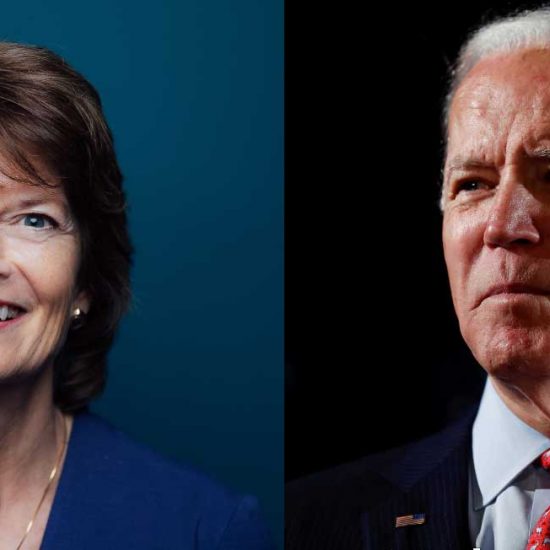What U.S. state is as hooked on oil revenues as Venezuela, Iran, or Russia?
Alaska.
Plunging oil prices have blown a huge hole in the budget of the oil-rich state, where in recent years taxes on oil production have covered more than half the total budget ($13.5 billion including federal funds and capital projects) and 90 percent of the state’s discretionary spending ($6.5 billion to run agencies and schools). Now, with prices under $70 a barrel, the budget deficit could balloon to more than $3 billion, about half of the state’s discretionary spending level.
In his inaugural address earlier this week, Gov. Bill Walker recounted his impoverished childhood and his family’s determination to make ends meet after losing almost everything in the 1964 earthquake. It was an allegory for Alaska’s current situation. “Today, oil is hovering around $70 a barrel,” he said. “We’re heading into some lean times. There is no reason we cannot turn that around.”
The new governor Walker has said he would review several controversial expensive projects such as the Knik Arm Bridge, Juneau Access, and Susitna Dam. He also favors taking federal money for Medicaid, which his predecessor opposed.
But don’t cry for Alaska too much. The state has built up three different rainy day funds — two of which are dedicated to covering deficits in lean years and the third a sacrosanct $51 billion Permanent Fund, which every year writes checks to every person living in Alaska. On Oct. 2, payments of $1,884 each were paid out. The wisdom of building up such funds was supposed to make Alaska look more like Norway, which has a huge oil-financed investment fund, and less like Venezuela.
See Full Story at WashingtonPost.com
image credit Nikki Kahn Washington Post











